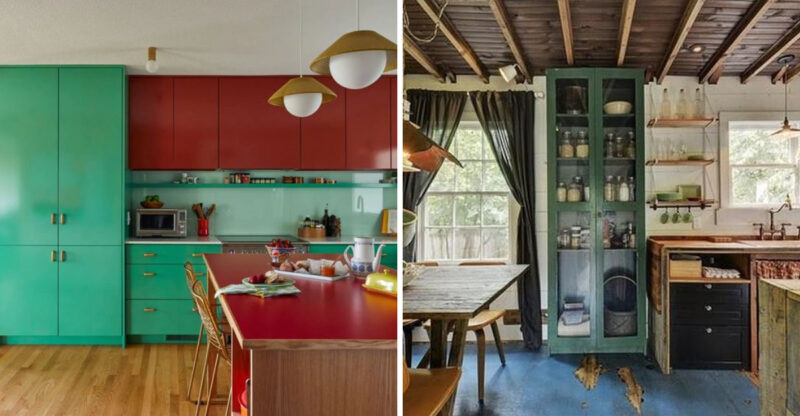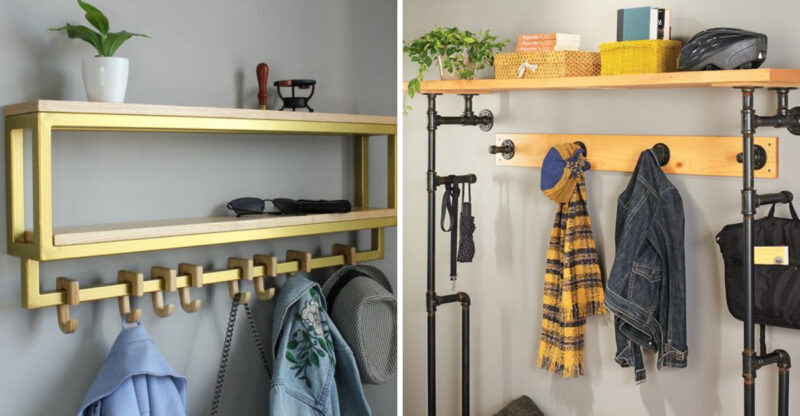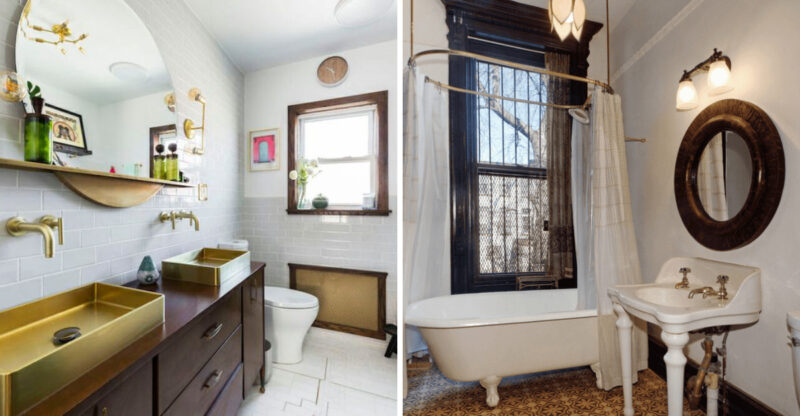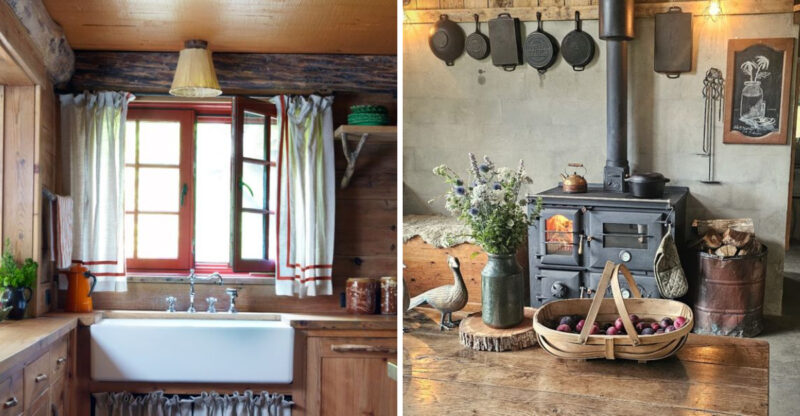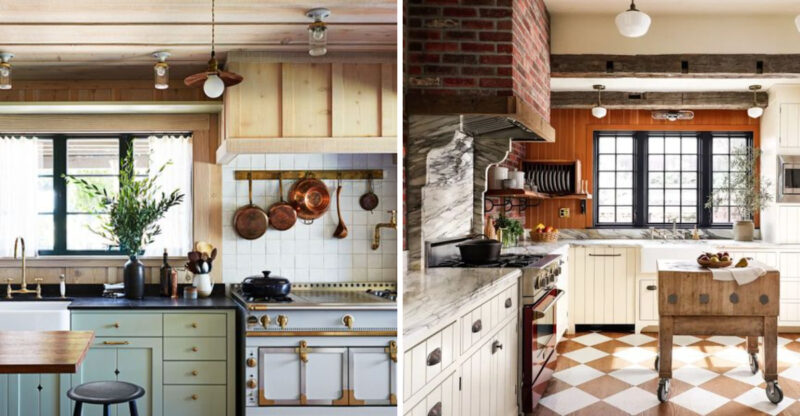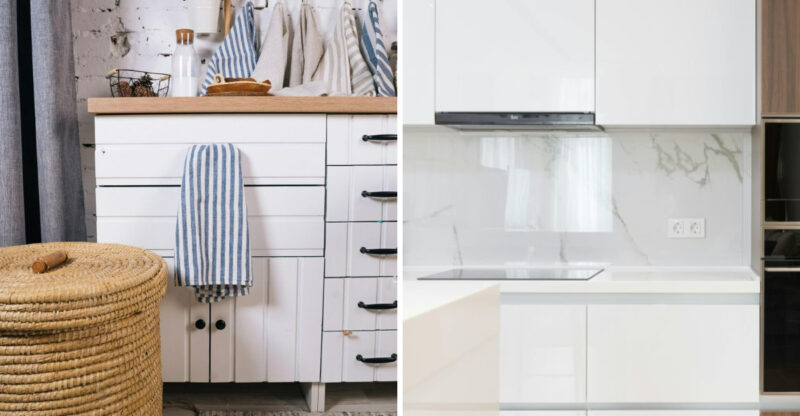8 Vermont Farmhouse Mudrooms Designed With Eco-Friendly Materials
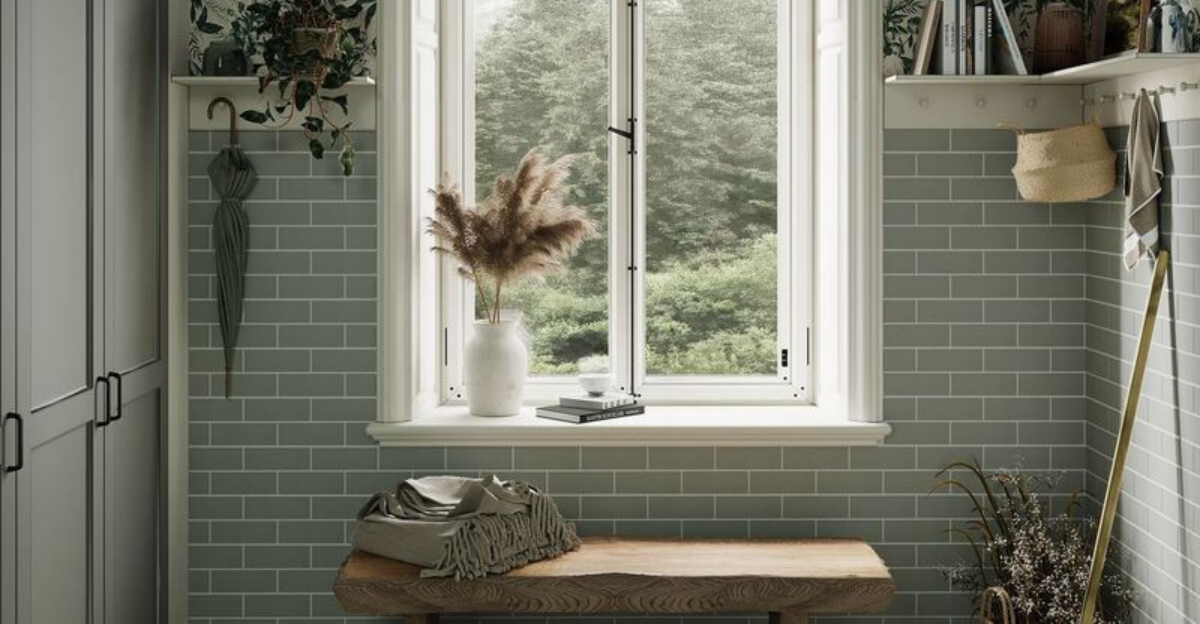
Built for snow, slush, and daily chores, Vermont farmhouse mudrooms put sustainability to work without losing their straightforward charm. Reclaimed wood takes the hits, while cork or slate floors handle melt and mud with less environmental impact.
Low-VOC paints, recycled-glass details, and durable textiles stand up to hard use.
Built-ins, boot trays, and drain-friendly mats keep gear contained; radiant heat and good ventilation speed dry-outs. Add daylight tubes or efficient LEDs, and the space stays bright, organized, and ready for whatever the weather drags in.
1. Reclaimed Barn Board Benches With Boot Storage
Weathered boards from century-old barns find new life as sturdy seating in farmhouses owned all over Vermont.
The rich patina of these salvaged treasures tells a story while providing practical places to remove muddy boots. Craftsmen carefully preserved original saw marks and nail holes, celebrating the wood’s history rather than hiding imperfections.
2. Recycled Metal Hooks And Hardware With Industrial Charm
Former factory equipment finds renewed purpose as coat hooks in some Vermont properties. Blacksmith-forged from recycled machinery parts, these distinctive hardware pieces add character while supporting heavy farm coats and gear.
Homeowners can collect discarded metal from local manufacturing plants, preventing waste while adding authentic Vermont industrial heritage to the functional space.
3. Natural Clay Plaster Walls With Zero Toxins
Breathing new life into traditional techniques, some homeowners finish their mudroom walls with locally-sourced clay mixed with straw.
This ancient building method eliminates harmful VOCs while naturally regulating humidity – perfect for damp boots and gloves. The subtle texture catches light beautifully throughout the day, creating a warm, earthy atmosphere that connects the space to the surrounding landscape.
4. Cork Flooring That Cushions And Insulates
Harvested from the bark of cork oak trees without harming them, this renewable flooring material brings warmth to a farmhouse entry.
The naturally springy surface provides comfort underfoot while standing up to wet boots and paws. Its thermal properties keep the space cozy during brutal Vermont winters, and the material naturally resists mold and mildew – crucial for spaces where snow gear dries.
5. Natural Fiber Curtains For Discreet Storage
Soft textile dividers made from hemp or other natural materials conceal storage while adding texture to a mountain retreat. The natural fibers required minimal processing and no synthetic pesticides during cultivation.
Unlike synthetic alternatives, these breathable curtains allow air circulation around stored items while blocking dust. The neutral oatmeal color complements the room’s wood tones while softening the utilitarian space.
6. Solar Tube Skylights For Energy-Free Illumination
Brilliant natural light floods this mudroom through reflective tubes that capture sunshine without electricity. The homeowners installed these passive light collectors to brighten a formerly dark corner without adding to their energy bills.
Even on overcast days, the specialized reflective material channels significant daylight indoors, reducing the need for artificial lighting during daylight hours while creating a welcoming atmosphere.
7. Air-Purifying Native Plants
The plants naturally filter air while adding humidity to combat dry winter heating. That’s what makes them perfect for mudrooms (where air is naturally drier due to constant opening and closing of doors).
A clever irrigation system collects and recirculates rainwater from the roof, creating a self-sustaining ecosystem. The living installation brings nature indoors while improving air quality in a space often filled with damp outerwear.
8. Recycled Tile Backsplash For Easy Cleaning
Sparkling like ice crystals in winter sunlight, these tiles made from post-consumer bottles protect walls where boots get sprayed clean. Some homesteads incorporated locally-manufactured recycled glass tiles in blues and greens reminiscent of surrounding lakes.
Beyond their beauty, these durable surfaces withstand daily cleaning and moisture while diverting glass from landfills and requiring minimal energy to produce compared to conventional tiles.

